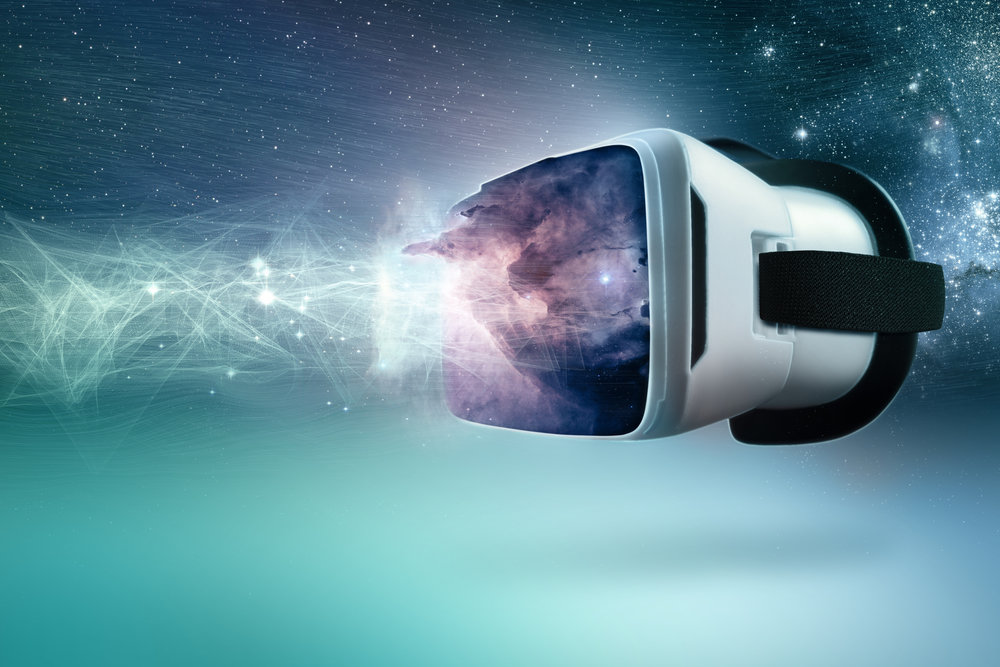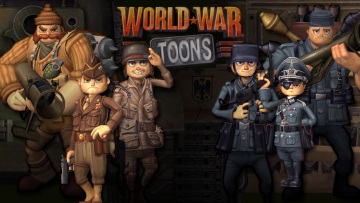
VR vs. Sport’s Virtual Future
Another week, and another VR Vs this time brought to you from a secret location. Actually, it’s not that much of a secret, but the entire VRFocus team are currently in our office off the side of nDreams’ HQ in Farnborough – which also doubles as the VRTV studio. It was a busy day yesterday, as we discussed a number of exciting developments for the site in the future. More on that in, as I say, the future. For now though I wanted to address an article that was making the rounds on social media yesterday in relation to virtual reality (VR) and sport.
The article, “Why virtual reality won’t transform sports viewing“ by The Washington Post’s Matt McFarland looks at how the expectations of a ‘be amongst the action’ form of VR is unlikely to happen yet. With representatives of both Virtually Live and Jaunt VR both agreeing that this was so, and confirming that VR is unlikely to make an immediate challenge to more traditional broadcasting. Fundamentally there is nothing wrong with that assessment. Of course it’s not going to change things overnight; there’s going to be a very gradual progression and evolution of the technology. There’s also some logistical and practical aspects that need to be addressed before we get to the stage of following a player around a pitch.
But that’s not to say VR can’t change sport or how it is shown. It just might not change it how you initially thought. In fact there’s three aspects I’m going to talk about where VR can have an affect, possibly even in the short term:
1) VR Can Have An Impact On How We Broadcast Sport – But It Depends Upon The Sport
When people think of VR and sport they tend to think of American Football (if you’re American), Football (if you’re British), Ice Hockey (if you’re Canadian) and a whole host of other things, most of which involve people moving around a lot on a field of play. Let’s however not forget that when it comes to the potential effectiveness of VR in showing these contests it does of course depend upon which sport you’re talking about at the time and motor racing is the one where VR would be easiest to apply.
Cars already multiple carry cameras and sensors in the majority of the major classifications. Besides the prior instances of teams recording their own 360 degree footage, Formula 1 cars now carry cameras that can move from the driver’s view around to see what action is occurring at the sides. This has already allowed some great views as cars move to overtake or defend from themselves being overtaken. 360 on all cars is the next logical step, there would be no problems either with motorsport there are already provisions with regards to cameras being a requirement: “A camera must always be mounted on top of the air box above the driver’s head must always contain a camera. A camera or camera housing must be fitted at the other four locations, depending on broadcast decisions.” And, to quote Article 20.3.1 of the 2016 FIA Technical Regulations: “Any decision as to whether a camera or camera housing is fitted in those positions will be by agreement between the relevant Competitor and the Commercial Rights Holder.” So there’s both the scope to run them and likely little issue when Mercedes, Red Bull, Ferrari and Williams – about 80% of your key decision makers – have all run with one.
Not forgetting of course Formula-E’s own plans for VR.
2) VR Can Have An Impact On How We Remember Sport
What is the one phrase oft said about television when watching events, be it sport or news against being there in person? “Television can’t do [it] justice”. This is to some extent true of course, what is TV compared to the atmosphere of the event itself? That is where VR can have the edge. It can place you in amongst a celebrating crowd or put you in the middle of the a half-time team talk, it can place you pitch/court/track side and let you see the action all as if you were indeed there. Show the pictures or live the experience? An experience that can be recorded and felt again. This is what companies like OTOY and NextVR are looking to do. Several major sporting events have already been recorded in virtual reality, and the upcoming Olympics in Rio will have some events shot in 8K video and VR. No, it’s not going to take over from traditional broadcasting, but how we capture the moments of sport now and specifically how we’ll choose to look back on them in the future isn’t as sure as it once was.
3) VR Can Have An Impact On How We Train & Teach Sport
VR’s impact on sport also doesn’t stop at the home screen. Sport itself is learning from VR. During the latter part of 2015 you couldn’t go more than a few days without an announcement that a professional sports team (particularly in the NFL) or a college team was investing in VR. Some of those announcements were indeed broadcast partnerships (which you can count as part of point 2) but the rest were as a means to help increase the effectiveness of training. For skills analysis, running footage in a first-person perspective to gauge decision making or to develop tactics. Those aspects of VR use are in development or already being used. These are not cheap systems that we’re talking about either, so teams must see benefits or potential benefits in them.
So no traditional broadcasting of sport (and other programmes) isn’t going to be wiped away by VR broadcasting. Of course it isn’t. However, VR still has a role to play in broadcasting, in education and can do things that the traditional platform cannot.
Let’s not forget that in the times to come.
This article was originally written by the author for VRFocus.

![[ID: 1XM8gcdjFS8] Youtube Automatic](https://lastminutecontinue.com/wp-content/uploads/id-1xm8gcdjfs8-youtube-automatic-60x60.jpg)




